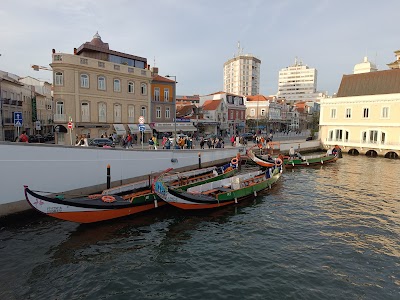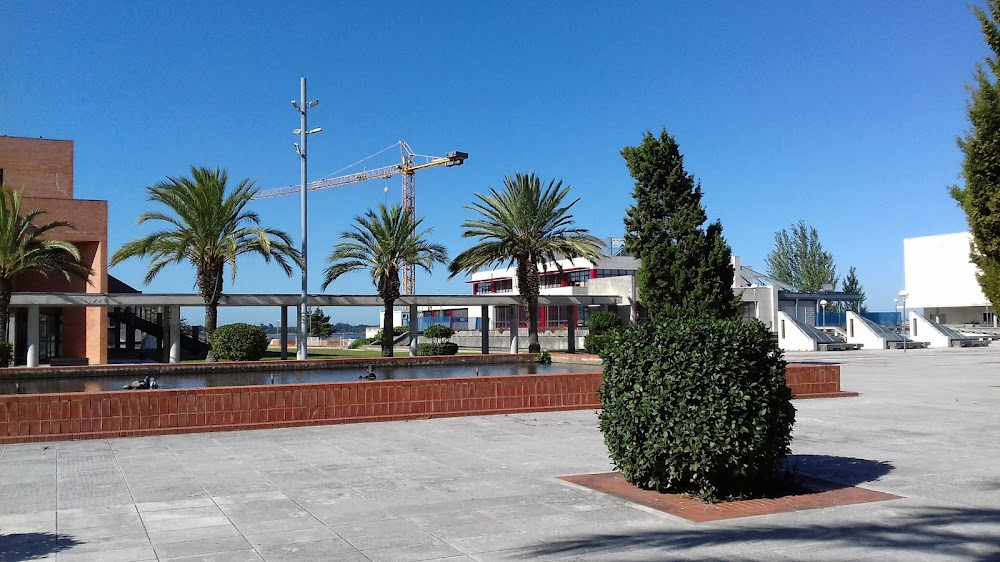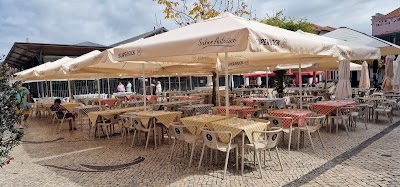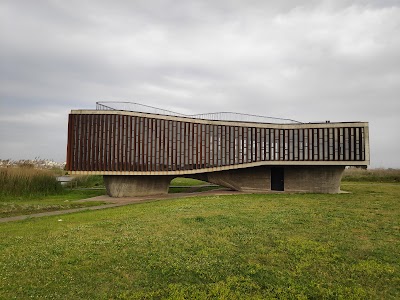Aveiro Salt Pans (Salinas de Aveiro)
Overview
Tucked away in the charming coastal city of Aveiro, Portugal, the Aveiro Salt Flats (or Salt Pans) offer a captivating blend of natural beauty and human ingenuity. Known locally as "salinas," these salt flats have been a vital part of the region’s history and economy for centuries, with roots tracing back to Roman times.
The process of salt production at the Aveiro Salt Flats is both fascinating and intricate, requiring a delicate balance between nature and labor. Nestled within the expansive Ria de Aveiro lagoon, these flats consist of a network of shallow, rectangular ponds. This unique location perfectly harnesses the saline waters and the warm climate essential for efficient evaporation.
Each summer, the salt-making process begins as seawater is channeled into the ponds via a system of gates and canals. Skilled saltmakers, known as "marnotos," carefully monitor the water levels to ensure optimal conditions. As the sun beats down, the water evaporates, leaving behind a concentrated brine solution. Over time, the salt begins to crystallize, forming a thick crust along the bottoms of the ponds.
Harvesting the salt is a true art form. The marnotos use wooden rakes to gently scrape up the shimmering saline crystals, collecting them into small, sparkling mounds. Once harvested, the salt is left to dry under the sun, a process that can take several days. The end product varies in texture and quality, with the most coveted being "flor de sal" or “flower of salt,” a light, flaky layer that forms on the water's surface.
Beyond its economic significance, the Aveiro Salt Flats hold deep cultural importance. They symbolize a harmonious relationship between human effort and environmental stewardship. The traditional methods of salt production have been lovingly preserved through generations, passed down as cherished family knowledge and intricately woven into the local heritage.
Today, while the salt flats continue to produce high-quality salt, they have also become a popular destination for visitors. Tourists are invited to explore the area through guided tours that detail the intricate salt production process and its historical context. These informative excursions provide a unique insight into a practice that has shaped the region for centuries.
Nature enthusiasts will also find much to admire in the surrounding environment. The Ria de Aveiro lagoon is a vibrant ecosystem, home to a wealth of biodiversity, including migratory birds such as flamingos and herons. The salt flats, with their reflective surfaces and varying hues of white, pink, and blue, create a stunning landscape that enchants photographers and nature lovers alike.
In the modern era, Aveiro’s salt is celebrated far and wide for its purity and flavor. Despite advancements in technology, much of the salt production still adheres to traditional methods, with the skilled marnotos hand-harvesting the salt in a way that honors their ancestors’ practices.
The Aveiro Salt Flats stand as a testament to human adaptability and a deep respect for nature. They serve as a living museum of ancient practices, continuing to sustain local communities while captivating those who come to witness this remarkable way of life.







